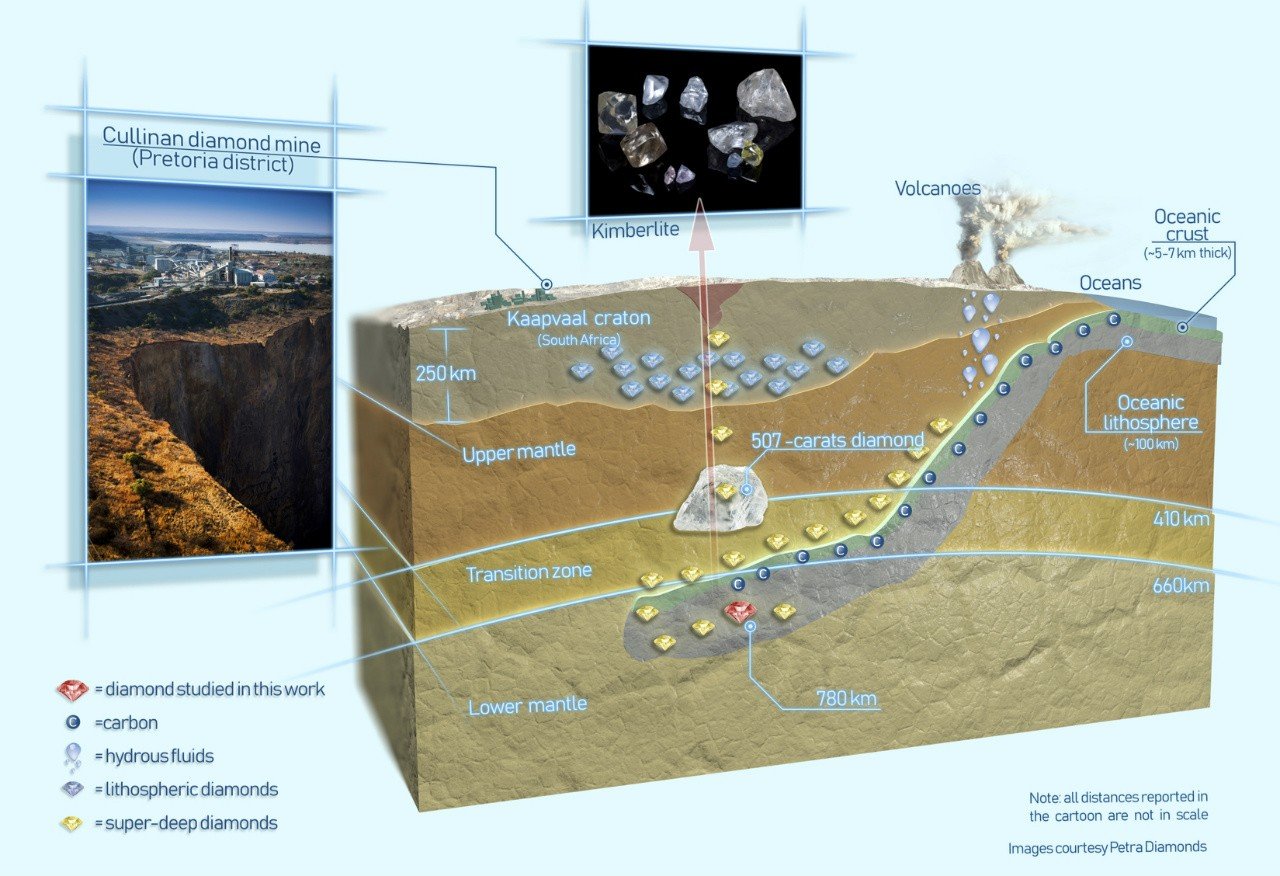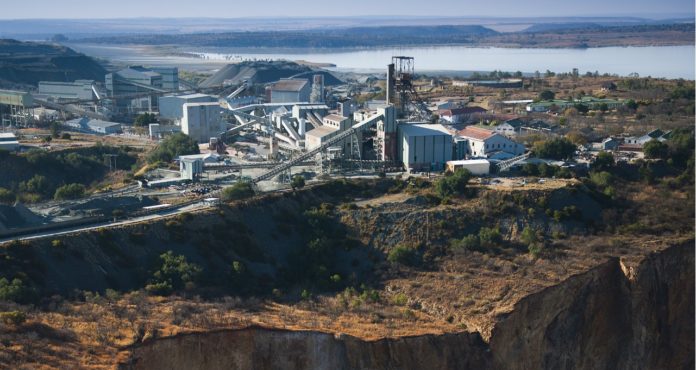For the first time ever, scientists at the University of Alberta have discovered Earth’s fourth most abundant mineral—calcium silicate perovskite, at Earth’s surface.
Scientists found the calcium silicate perovskite within a diamond mined from less than one kilometer beneath the Earth’s crust, at South Africa’s famous Cullinan Mine, best known as the source of two of the largest diamonds in the British Crown Jewels.
Those diamonds are not only commercially valuable but also the most scientifically valuable to highlight and provide deep insight on the deepest parts of Earth’s core.
Graham Pearson, a professor in the University of Alberta’s Department of Earth and Atmospheric Sciences said, “Nobody has ever managed to keep this mineral stable at the Earth’s surface. The mineral is found deep in Earth’s mantle, at 700 kilometers.”
“The only possible way of preserving this mineral at the Earth’s surface is when it’s trapped in an unyielding container like a diamond. Based on our findings, there could be as much as zettatonnes (1021) of this perovskite in deep Earth.”
“The particular diamond in question would have sustained more than 24 billion pascals of pressure, equivalent to 240,000 atmospheres. The diamond originated roughly 700 kilometers below Earth’s surface, whereas most diamonds are formed at depths of 150 to 200 kilometers.”
“Diamonds are really unique ways of seeing what’s on the Earth. And the specific composition of the perovskite inclusion in this particular diamond very clearly indicates the recycling of oceanic crust into Earth’s lower mantle. It provides fundamental proof of what happens to the fate of oceanic plates as they descend into the depths of the Earth.”
He said the discovery once again highlights the uniqueness of diamonds being able to preserve things we otherwise would never be able to see.

“And it’s a nice illustration of how science works. That you build on theoretical predictions—in this case, from seismology—and that once in a while you’re able to make a clinching observation that really proves that the theory works.”
A standout amongst other known precious stone specialists on the planet, Pearson was additionally behind the major 2014 revelation of ringwoodite—Earth’s fifth most plenteous mineral—in a jewel that indicated a tremendous supply of water bound to silicate shakes in Earth’s mantle.
The study, “CaSiO3 Perovskite in Diamond Indicates the Recycling of Oceanic Crust Into the Lower Mantle,” will be published in the March 8 issue of Nature.
